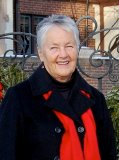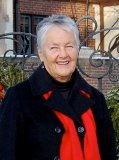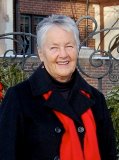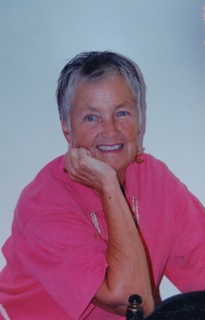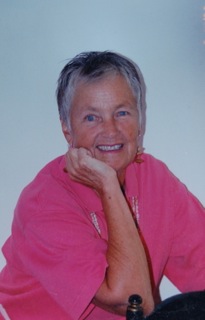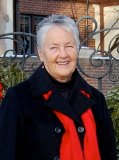the world, the internet has everything and nothing to say about pornography, I
discovered as I was searching for some statistical information. I can say “nothing” because of constantly
encountering the statement that statistics on porn change daily and are
basically meaningless because the numbers are impossible to gather.
page of information a few statements got
my attention; notably, every second that ticks by over $3,000 is spent on
pornography. Mind boggling! And this: the porn industry as a whole in one
year takes in larger revenues than Microsoft, Google, Amazon, e-bay, Yahoo,
Apple and Netflix combined. Even more
mind-boggling!
pornography as an addiction is very prevalent, I learned. But, then, that keeps
the industry flourishing–even in hard times. After reading on a bit further, I still really
had next to nothing to write about pornography.
information on porn history,” I said to myself.
could not help but be drawn to an
ancient picture depicting a “Priapus figure from Pompeii.” The poor guy was shown standing there with a
frontal encumbrance which would be enough to weigh down the strongest of
men. What “jumped out at me” so to speak
is the caption below the picture: In ancient Rome large phali were considered
undesirable for men to possess, it said, and often were depicted as such for
comic effect. Really!! Undesirable!
I don’t believe it for a minute.
But then, what do I know?
Puritan culture. Which reminds me of my
loving Great Aunt Anne. She was an
adorable woman. As I watched her age she
became smaller and smaller until in her 80’s she definitely qualified as a
“little old lady.” This of course made
her even more adorable. She and my Uncle
occasionally took road trips to visit various family members. They would stay in small motels when their
journey required an overnight stay. They
were tight-fisted and they always looked for the small town, family owned motel
off the beaten path. This was in the 1960’s when such places existed.
my house she seemed slightly off center, not really upset, but not quite
herself. Something was on her mind. So I asked her about herself. Was she sure she was all right? With a very embarrassed look about her and
turning her head to check who else might hear what she was about to say, she
revealed that the night before in their motel room, she had had her first
encounter with pornography. She
inadvertently had discovered under their bed piles of magazines–probably 50
magazines. Being curious to read one of
them, she described herself picking one up, opening it, and immediately
releasing it to the floor and kicking it back to its place under the bed. Inside, whispered Aunt Anne, were pictures
depicting “oh the worst pornography you can imagine. Pictures leaving nothing to the imagination,
scenes–well, I could not even look at the pictures!”
time ago, my vision of this little old lady and her first encounter with
pornography will stick in my mind forever.
And truly to this day when the subject of pornography comes up my Aunt
Anne is the first thing that comes to mind.
GLBT community including PFLAG, the Denver women’s chorus, OLOC (Old Lesbians
Organizing for Change). She has been
retired from the Human Services field for about 15 years. Since her retirement, her major activities
include tennis, camping, traveling, teaching skiing as a volunteer instructor
with National Sports Center for the Disabled, and learning. Betsy came out as a lesbian after 25 years of
marriage. She has a close relationship with her three children and enjoys
spending time with her four grandchildren.
Betsy says her greatest and most meaningful enjoyment comes from sharing
her life with her partner of 25 years, Gillian Edwards.
